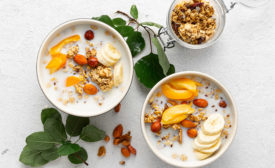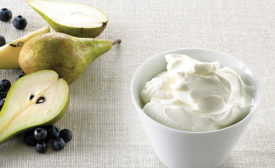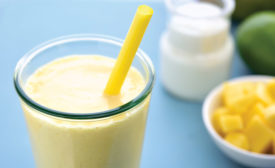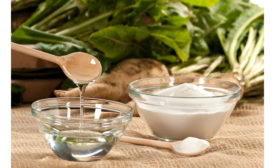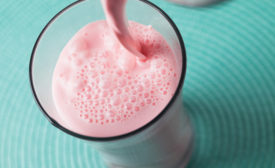Fiber
Fiber ingredients could add value to dairy products
They enable sugar reduction while promoting digestive and immune health
August 21, 2020
Added dietary fiber could benefit dairy products
The addition of dietary fiber to dairy products could help processors meet the needs of consumers seeking digestive and other health benefits — and could also enhance product-related sensory attributes
January 9, 2020
Dietary fiber regulations are in limbo
While waiting for regulatory decisions on the health status of fiber ingredients, dairy companies should focus on functional attributes.
January 3, 2018
Supplier news
Sensus obtains Non-GMO Project verified certification for chicory root fiber
November 3, 2017
Processors, suppliers should keep watch for newly approved beneficial fibers
The FDA currently recognizes seven fibers as having health benefits. The new definition is evolving. Keep watch for newly approved beneficial fibers so you can adjust formulas and labels accordingly.
January 5, 2017
Stay ahead of the curve. Unlock a dose of cutting-edge insights.
Receive our premium content directly to your inbox.
SIGN-UP TODAYCopyright ©2025. All Rights Reserved BNP Media.
Design, CMS, Hosting & Web Development :: ePublishing
